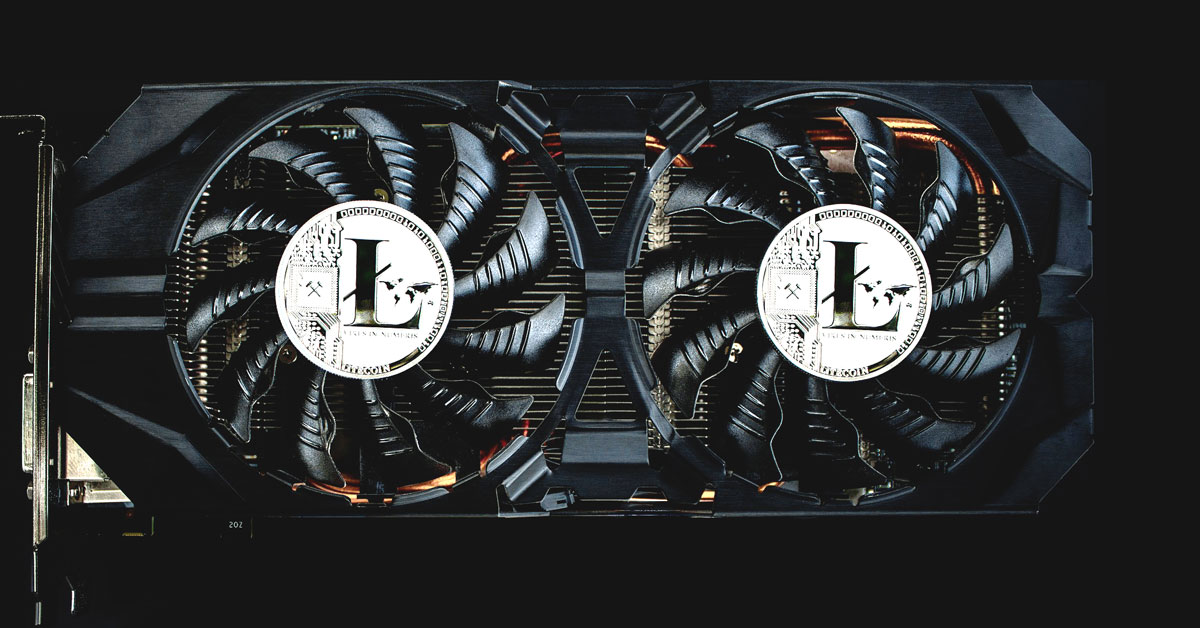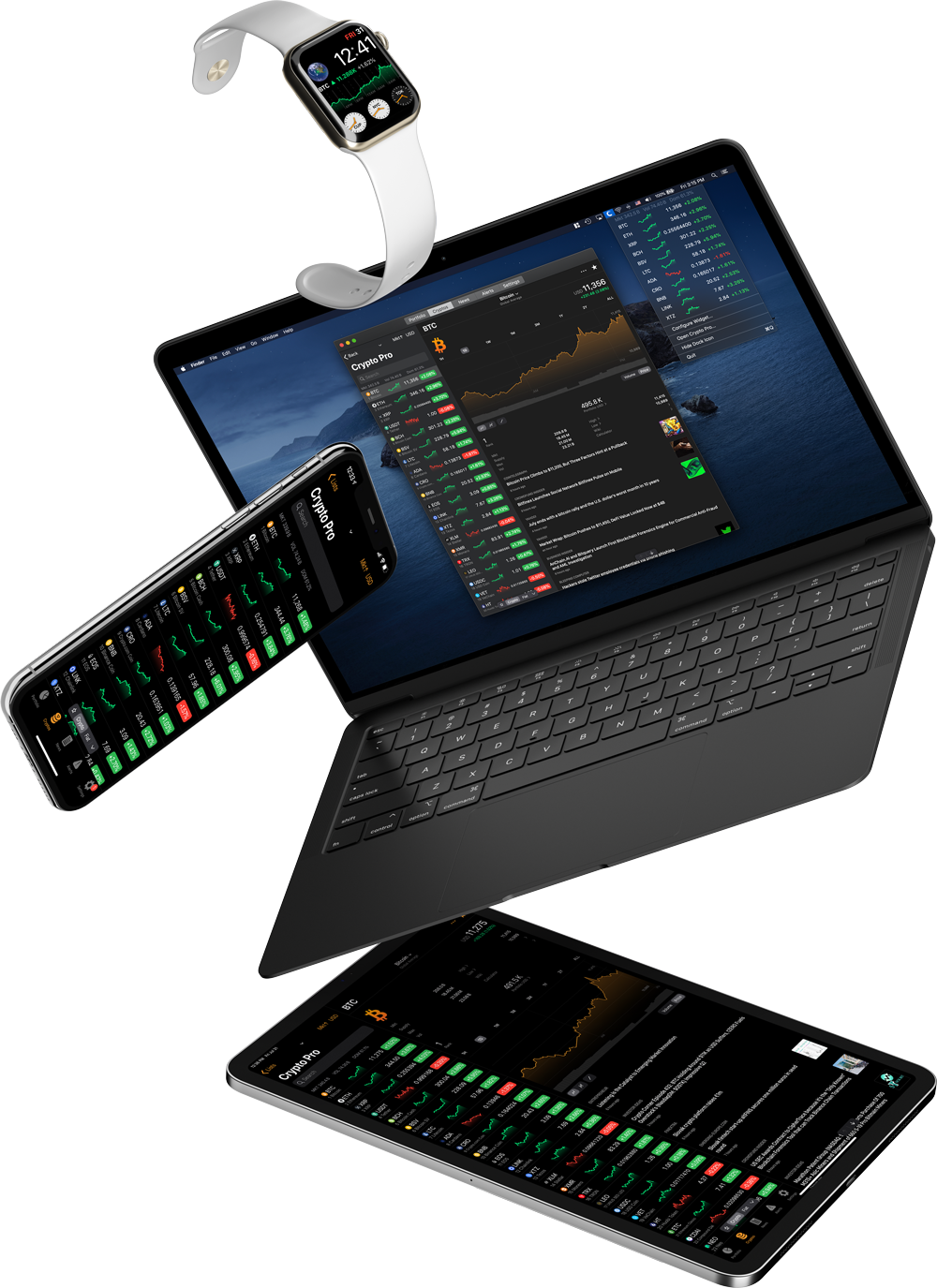A tutorial with everything you need to know to start mining Litecoin.
“I describe Bitcoin as “a digital version of gold” eGold.”
― Arif Naseem
Bitcoin (BTC) has skyrocketed in value in the past few years, well beyond that of mere mortals. Those of us left watching the meteoric BTC rise secretly wish we had cashed in early. Well, let me tell you a secret: with Litecoin (LTC) you still have time.
“Litecoin is the Silver to Bitcoin’s Gold”
― Charlie Li
Both the average consumer and aspiring miner are stuck on the sidelines with Bitcoin – not so with Litecoin. This marvelous counterpoint to Litecoin has, since inception in 2011, clawed its way to fifth place for cryptocurrencies by market cap. $4.5B worth of Litecoin are zipping about in cyberspace, and over 25% of the total supply is still up for grabs.
Litecoin might not have the sky-high prices of crypto gold, but it sure does command a great deal of interest as a viable alternative to BTC. While many average miners are priced out of the BTC mining rush, you can still get into the Litecoin mining game. With a bit of research, you can become a Litecoin miner.
What is Cryptocurrency Mining?
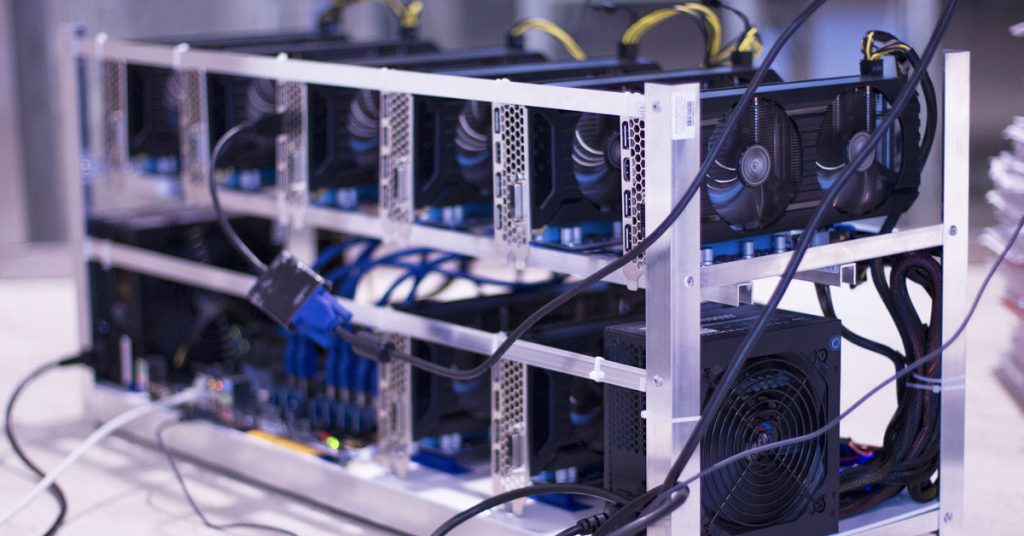
Each cryptocurrency lives on a blockchain, a distributed ledger that records transactions. This ledger is made up of thousands of computers that power the network by running mining software, which constantly solves complex logarithmic equations to confirm transaction information. Mining computers are sporadically rewarded with new coins for solving the equation.
Mining fulfills two functions of the cryptocurrency network. Miners ensure the network is secure and trustworthy by verifying network transactions. Successful miners also receive new coins as a reward, which increases supply and further incentivizes miners to continue supporting the network.
You may be wondering: is mining lucrative? The answer depends on the coin, your resources, and how you choose to go about mining.
What You Need to Know About Litecoin
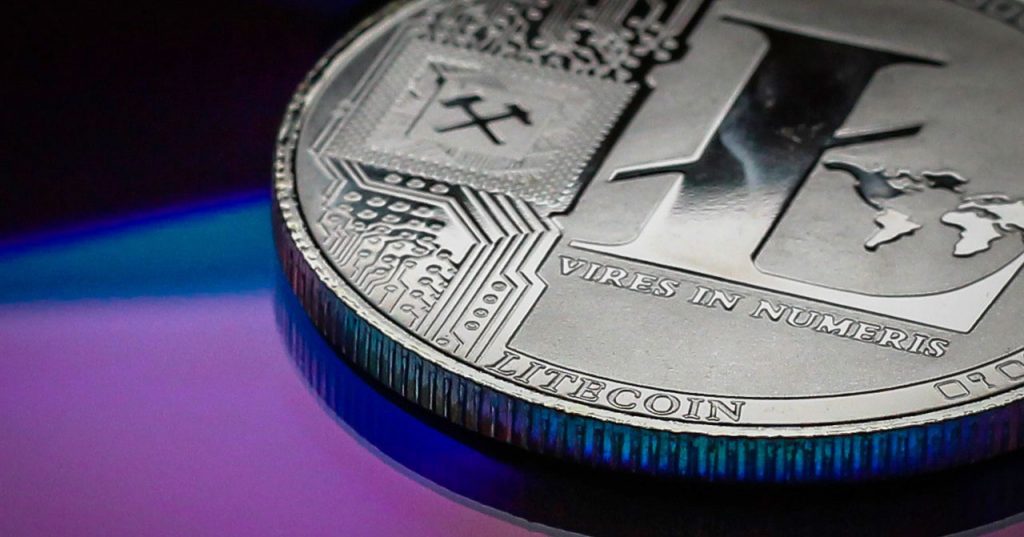
Before we get into the nitty-gritty on how to mine this precious eSilver, let’s do a quick rundown of just what LTC is and what the main facts.
Charlie Li, former Google employee created Litecoin in 2011 to address some of the shortcomings of BTC. Li created this popular altcoin with a few distinct advantages:
- More total coins: Litecoin’s maximum supply is 84M while BTC tops out at 21M.
- Faster transaction processing: blocks are processed every 2.5 minutes, compared to BTC’s 10 minutes
- Different cryptographic algorithms: LTC utilizes Scrypt instead of the more complex SHA-256 employed by BTC.
LTC is a fork of the original Bitcoin Core client and was designed to be a ‘lighter’ version of BTC, hence the name. Here are some fast facts for the current state of LTC:
- 7,200 Litecoins are mined per day
- A successful mining block earns 12.5 LTC ($875 as of this writing)
- Over 75% of Litecoins have been mined (September 2019)
- The last Litecoin will be mined on or around 2140
- Litecoin halves every four years
- Litecoin will halve 32 total times
Halving is an important element of any cryptocurrency. We won’t get into the details here, but in short, halving decreases the rewards a miner gets for successfully mining a coin. For a more in-depth review, jump over to our article on Bitcoin halving, which shares many similarities with Litecoin. No need to worry now, Litecoin won’t halve again until August 2023.
Ways to Mine Litecoin
Back when LTC started, it was possible to mine with a standard computer’s CPU or GPU. Unfortunately, as coins grow in both age and popularity, it becomes harder and harder to mine with low-cost equipment. The days of easy mining are over, but that doesn’t mean you still can’t profit from LTC mining.
A note of caution: the more powerful your rig the better chance you have of scoring LTC. Keep this in mind when you consider how much you want to invest. The costs of a good rig and 24/7 electricity may be in the thousands of dollars.
There are three ways to begin your LTC mining adventure:
- Solo mining
- Part of a mining pool
- Cloud mining
If you don’t want to share the rewards of mining and are interested in learning the ropes yourself, solo mining is the way to go. The downside here is that you will have to bear the full brunt of the costs of mining. You may go for extended periods without winning any LTC.
On the other hand, a mining pool functions the same as solo mining, except you get to pool your resources with other miners for a better chance to get a payout. Both solo mining and mining with a pool require the purchase of specialized mining hardware, either an ASIC miner or dedicated GPUs.
For those looking to outsource the hardware requirements, cloud mining is the right way to go. This requires you select an appropriate cloud mining company, choose the right mining package, and select a good mining pool.
How to Get Started
So, you’re ready to jump into mining? Not so fast. Unless you are just out for fun, you’ll want to use a Litecoin Profit Calculator to make sure your mining efforts don’t break the bank. Make sure to check in with the calculator when considering your hardware and mining pool costs.
If you have questions or need advice, check out the LTC subreddit. This active subreddit can help you design the best Litecoin miner.
Step 1: Hardware
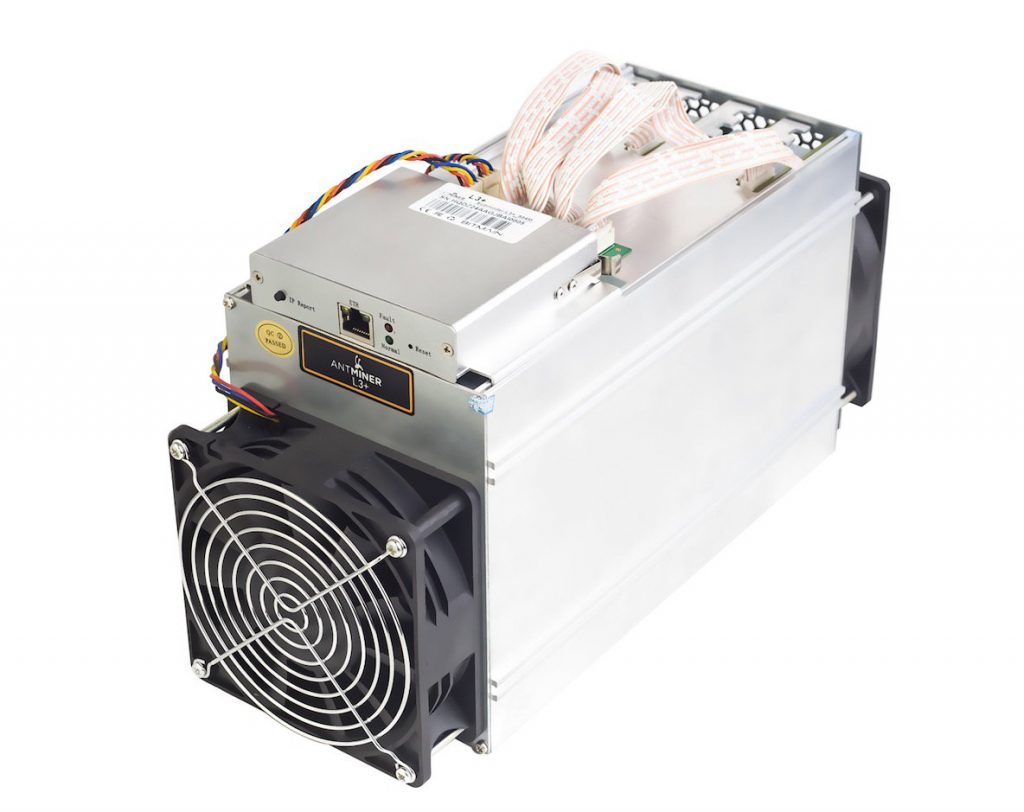
Your mining computer, or rig, is the critical piece that will determine how effective you are at minting new coins. Litecoin rigs can have from two to five GPUs or more. The rig will also require significant RAM and cooling for the rig. We won’t go into the details of building a rig in this article.
If you’d prefer a more customized option, then an ASIC (application-specific integrated circuit) is a better bet. This is a dedicated mining machine. For Litecoin, you’ll want to buy an ASIC Scrypt miner. Bonus: You can mine any Scrypt-based cryptocurrency, so you aren’t bound to LTC.
Below are a few Scrypt miners available on the market. Not all miners are created equal, so do your research on power versus affordability.
- Antminer L3+ by Bitmain
- Moonlander 2 USB Stick
- Apollo LTC Pod
Step 2: Wallet
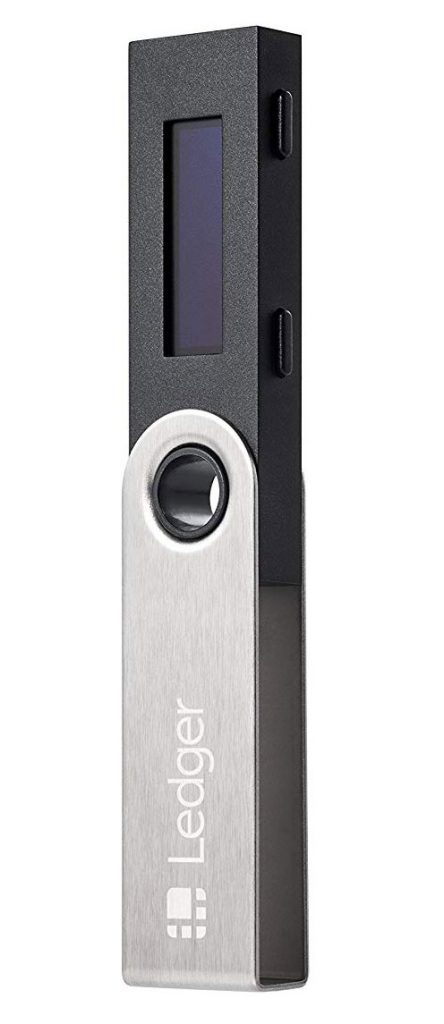
If you don’t already have one, you’ll need to select a cryptocurrency wallet to store your newly minted Litecoins. Below are a few different options.
- Litecoin Core. This is the official wallet of LTC and is a desktop wallet.
- Atomic Wallet. Another desktop wallet, this time for more than just LTC.
- LoafWallet. An Android and iOS mobile wallet for LTC.
- Ledger Nano S. One of many hardware wallets and one of our top picks.
Step 3: Setup the Mining Program
There are several mining programs that to choose from, so make sure you do your research on the best one for your rig. For those who went with an ASIC, it should have mining software already installed. The specifics of configuring a mining program are beyond the scope of this article.
For those looking for more detail, head over to the LTC wiki for mining software.
Step 4 (Optional): Select a Mining Pool
For those interested in pooling mining resources, selecting a pool is a critical part of the process. Pools have different fees and minimum payouts and have certain hardware requirements. Follow these five guidelines when evaluating a pool.
- Does the pool support my mining hardware? Some pools won’t support GPU- or smartphone-based mining. Make sure you check.
- How does the pool allocate mining resources? Pools can and do prioritize miners with better hardware, distributing payouts to members with more capital. Check to see how your pool will treat you and your hardware.
- What is the fee structure? Pool fees vary from 0% to 3% (or more). Be aware of the costs of entering the pool.
- Is my pool secure? Security is an ever-present problem with cryptocurrencies. As this won’t be going away any time soon, make sure your pool offers a secure connection and can withstand DDoS attacks.
- Is my pool going to pay me? Pools have thresholds for payment. This means miners with weaker hardware may struggle to get paid over miners with better hardware.
Now that you have an idea of what to look for, here is a selection of mining pools that offer LTC.
Want to avoid the pools with the most users? Check out the hash rate distribution here.
Step 5: Start Mining (Profit)
You are on your way to making LTC bank. Good luck.

